Maryam Sabbaghian
RL-Based Hyperparameter Selection for Spectrum Sensing With CNNs
Jan 29, 2024



Abstract:Selection of hyperparameters in deep neural networks is a challenging problem due to the wide search space and emergence of various layers with specific hyperparameters. There exists an absence of consideration for the neural architecture selection of convolutional neural networks (CNNs) for spectrum sensing. Here, we develop a method using reinforcement learning and Q-learning to systematically search and evaluate various architectures for generated datasets including different signals and channels in the spectrum sensing problem. We show by extensive simulations that CNN-based detectors proposed by our developed method outperform several detectors in the literature. For the most complex dataset, the proposed approach provides 9% enhancement in accuracy at the cost of higher computational complexity. Furthermore, a novel method using multi-armed bandit model for selection of the sensing time is proposed to achieve higher throughput and accuracy while minimizing the consumed energy. The method dynamically adjusts the sensing time under the time-varying condition of the channel without prior information. We demonstrate through a simulated scenario that the proposed method improves the achieved reward by about 20% compared to the conventional policies. Consequently, this study effectively manages the selection of important hyperparameters for CNN-based detectors offering superior performance of cognitive radio network.
Self Interference Management in In-Band Full-Duplex Systems
Feb 01, 2022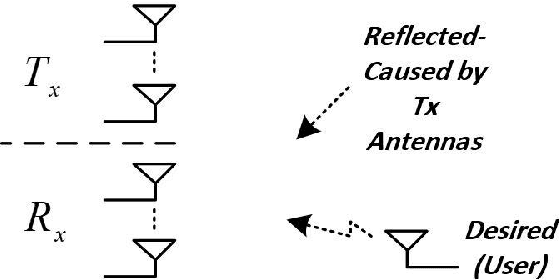
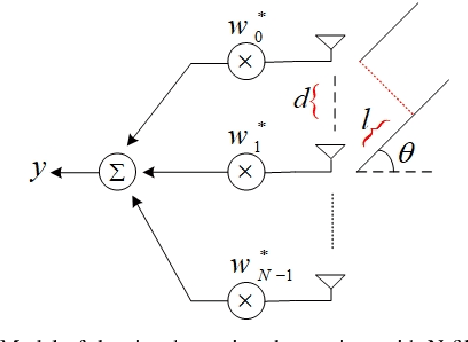
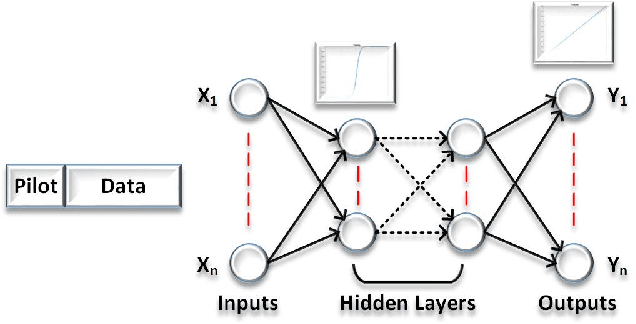
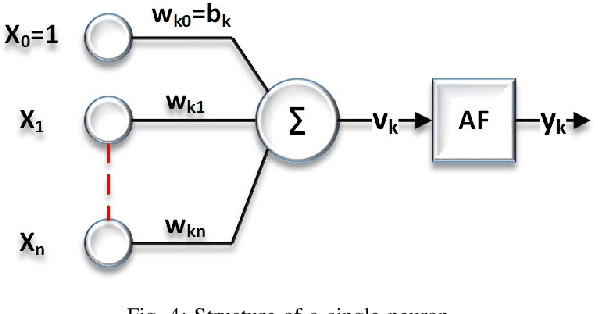
Abstract:The evolution of wireless systems has led to a continuous increase in the demand for radio frequency spectrum. To address this issue, a technology that has received a lot of attention is In-Band Full-Duplex (IBFD). The interest in IBFD systems stems from its capability to simultaneously transmit and receive data in the same frequency. Cancelling the self interference (SI) from the transmitter to the collocated receiver plays a pivotal role in the performance of the system. There are two types of SI cancellation (SIC) approaches, passive and active. In this research, the focus is on active cancellation and, in particular, SIC in the digital domain. Among the direct and backscattered SI, the former has been studied for a long time; therefore, the backscatter is considered in this research and two SIC approaches are analyzed. The first achieves SIC through beamforming. This requires knowing the angle of the received SI to put the beam null-space in this direction. The second method removes SI by employing an Artificial Neural Networks (ANNs). Using an ANN, there is no need to know the direction of the SI. The neural network is trained with pilots which results in the network being able to separate the desired signal from the SI at the receiver. Bayesian Neural Networks show the importance of the weights and assign a parameter that facilitates ignoring the less significant ones. Through comparative simulations we demonstrate that the ANN-based SIC achieves equivalent bit error rate performance as two beamforming methods.
Q-Learning Based Aerial Base Station Placement for Fairness Enhancement in Mobile Networks
Sep 10, 2019
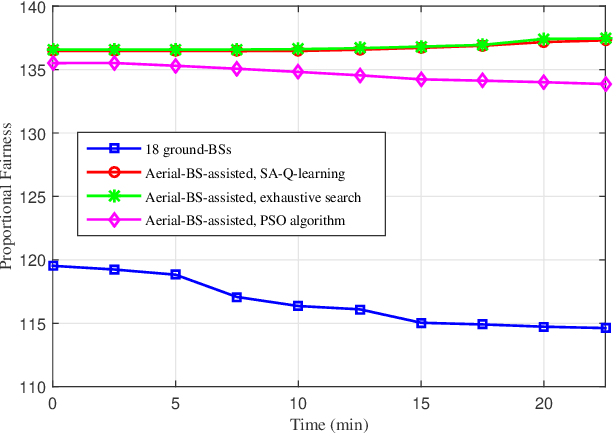
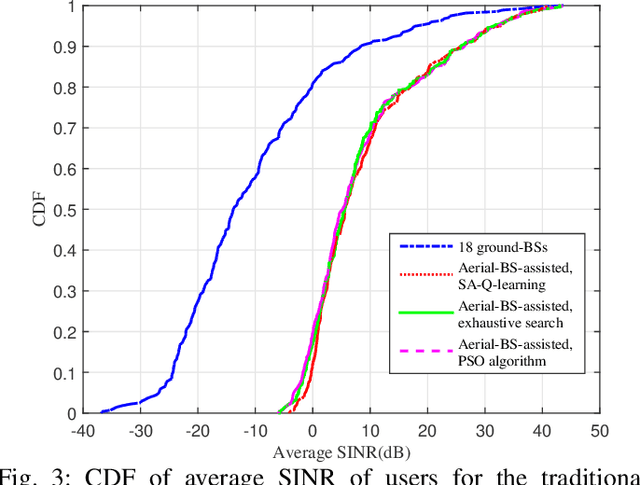

Abstract:In this paper, we use an aerial base station (aerial-BS) to enhance fairness in a dynamic environment with user mobility. The problem of optimally placing the aerial-BS is a non-deterministic polynomial-time hard (NP-hard) problem. Moreover, the network topology is subject to continuous changes due to the user mobility. These issues intensify the quest to develop an adaptive and fast algorithm for 3D placement of the aerial-BS. To this end, we propose a method based on reinforcement learning to achieve these goals. Simulation results show that our method increases fairness among users in a reasonable computing time, while the solution is comparatively close to the optimal solution obtained by exhaustive search.
 Add to Chrome
Add to Chrome Add to Firefox
Add to Firefox Add to Edge
Add to Edge